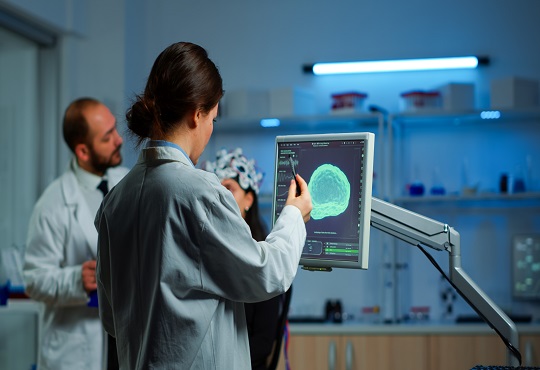IIT Madras Identifies Markers to Predict Student Test Anxiety

- IIT Madras finds physiological markers indicating students most vulnerable to test anxiety.
- Research links brain–heart disruptions to maladaptive stress responses during exams.
- Findings support AI tools for early detection and targeted stress-management help.
Researchers at the IIT Madras have discovered physiological signs that can identify students most susceptible to test anxiety, enabling focused interventions that could transform how educational systems address stress and performance. The study was published in Behavioural Brain Research, a peer-reviewed journal on neurobiology and cognitive processes.
The research explores brain–heart interaction in students under exam stress, establishing a scientific basis for early detection and tailored coping strategies. According to NCERT (2022), around 81% of students in India experience test anxiety.
This condition can hinder academic success and impact mental well-being. While some students perform well under pressure, others may show avoidance behavior.
Venkatesh Balasubramanian from IIT Madras’s Engineering Design Department led the team, emphasizing the value of objective data over self-reported perceptions. “They found that when the brain–heart network breaks down during stress, certain students are more likely to experience heightened anxiety and avoidance, revealing a biological difference between adaptive and maladaptive responses,” he told.
Also Read: IIT (ISM) Dhanbad Launches India’s First Geoarchaeology Course
He added that students with a negative FAA pattern showed poorer heart regulation under stress, indicating that anxiety may weaken the heart’s ability to maintain equilibrium in evaluative situations. “This understanding reframes academic stress as a physiological issue, not merely psychological,” he said.
Swathy Parameswaran, Research Scholar at IIT Madras, stated that these findings open major opportunities for real-world use. Training AI systems on these psycho-physiological indicators could enable non-invasive, real-time tools that alert educators and mental health professionals about at-risk students, without waiting for visible signs.

